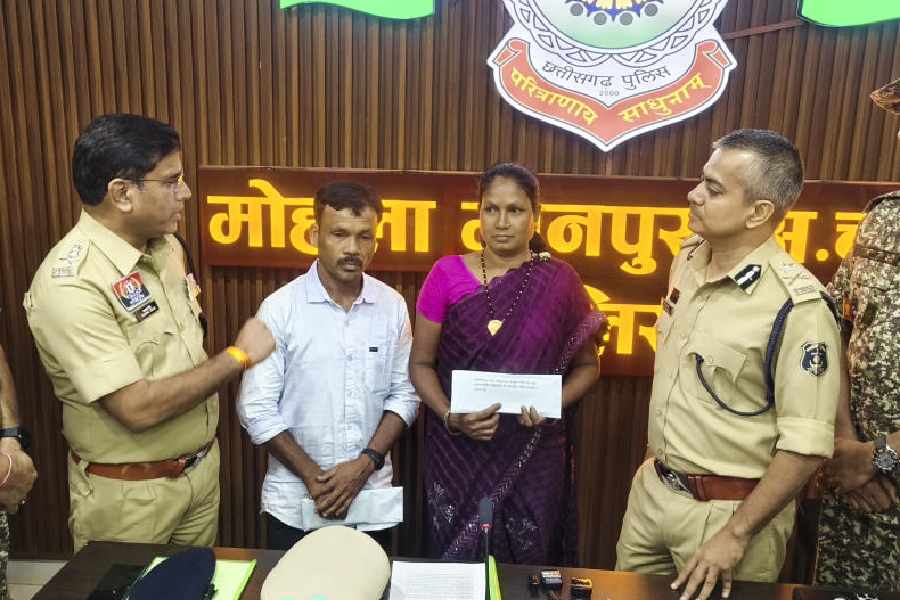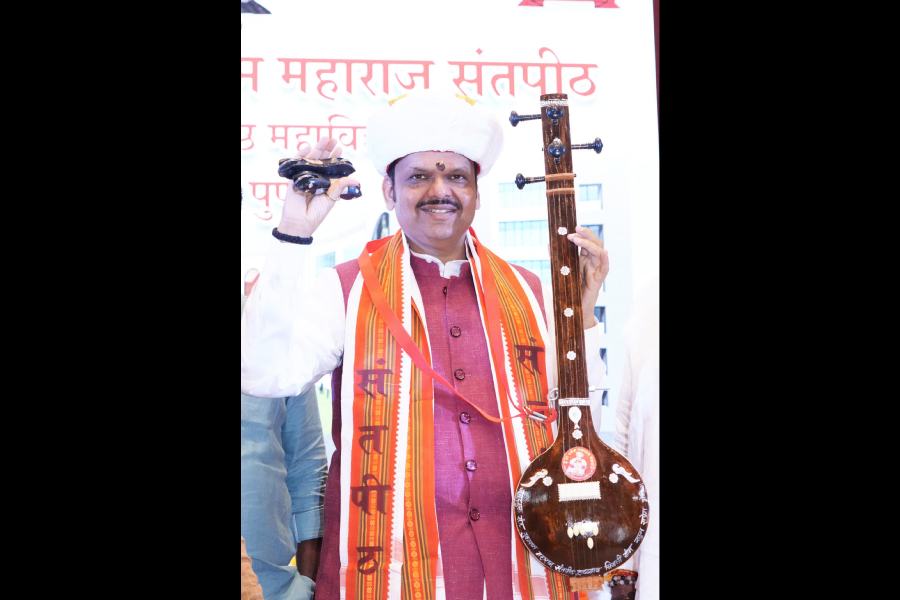They are the people who made khadi cool. Then, they went beyond khadi. Now, they are going designer with a bang, er brand.
Jharkhand State Khadi Gram Udyog Board, India’s youngest and most successful in its category, plans to extend its brand Johar to segments as varied as women’s wear, shampoos and honey.
Johar was first used by the state khadi board in April 2010 to brand its men’s shirts.
Chairman of the khadi board, Jainandu told The Telegraph that their brand was a living philosophy.
“It is a popular Nagpuri word used to greet others. We chose the word to personify our warmth, to tell our customers that this is where we come from and we stand for,” he said.
He added the brand got excellent response everywhere, especially New Delhi, which is why they would now extend the label to women’s wear, honey, soap, shampoo, bamboo and wood knick-knacks produced by the board.
“Customers ask us what the word means and our salesmen greet them with folded hands to demonstrate its meaning. It creates an instant bond,” Janiandu, also the east zone chairman of Khadi and Village Industries Commission, smiled.
Going by the sales figures, it certainly does.
The board has sold well over a lakh of Johar shirts in the state itself and around 50,000 from its emporium at New Delhi in the eight months of its launch.
“Johar has caught on. We want a logo for it. We want to be recognised like other PSUs such as Indian Oil, Oil India, Steel Authority of India and others. We have to give our products a trademark,” said Jainandu.
The board also turned seven on December 17, 2011. And for a young entity, it has taken some huge strides.
Starting out with a capital of Rs 50,000, it now enjoys a turnover of Rs 30 crore, becoming one of the rare profit-making boards, and employs 1.17 lakh artisans, mostly rural. It has 11 emporiums across India, including one in New Delhi’s upscale Connaught Place. The board has also won the national award from President Pratibha Patil for its performance.
Eyeing fiscal 2012-13, Jainandu said the board would rope in more artisans and set up two production units for garments. At present, there is only one unit in Jamshedpur.










